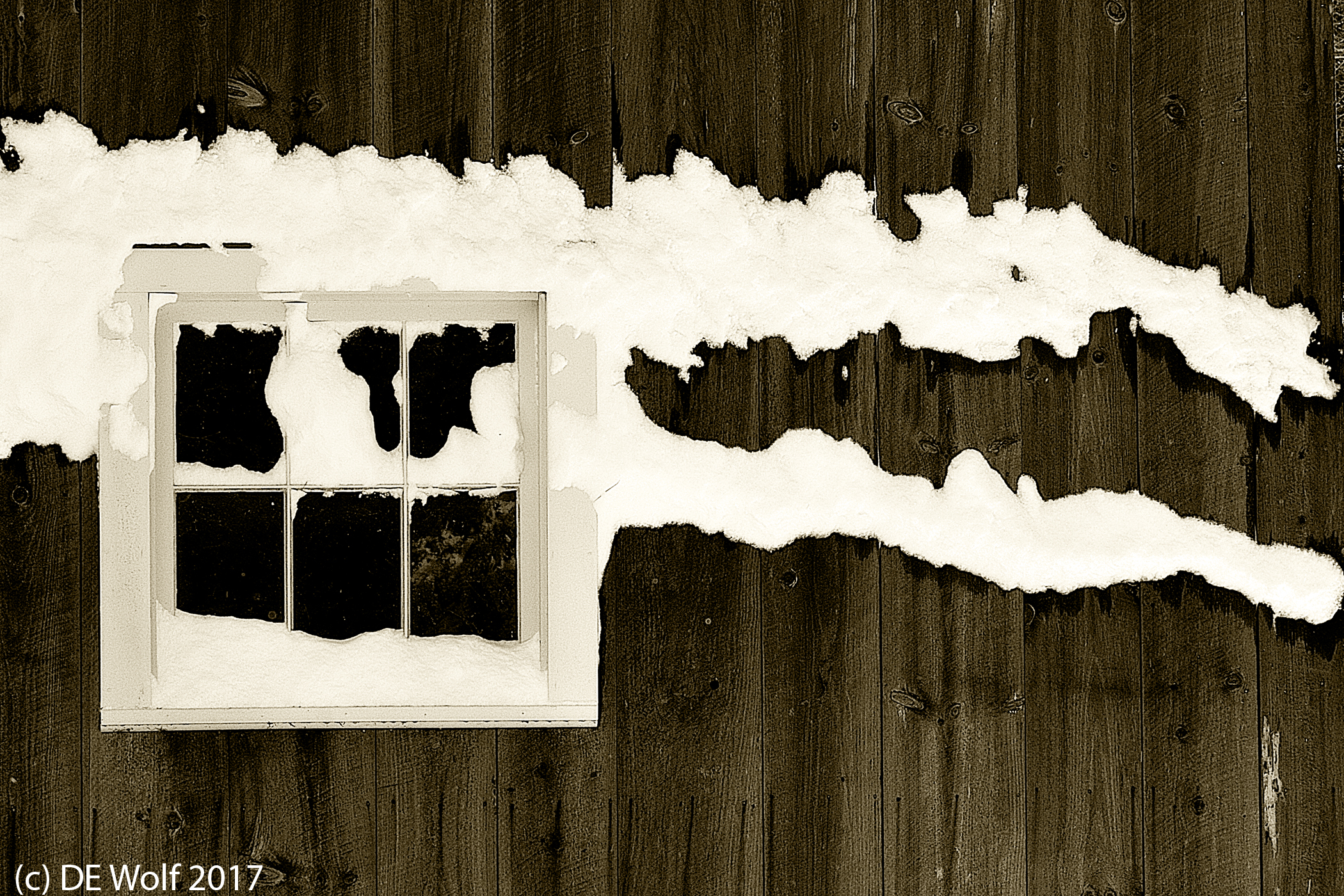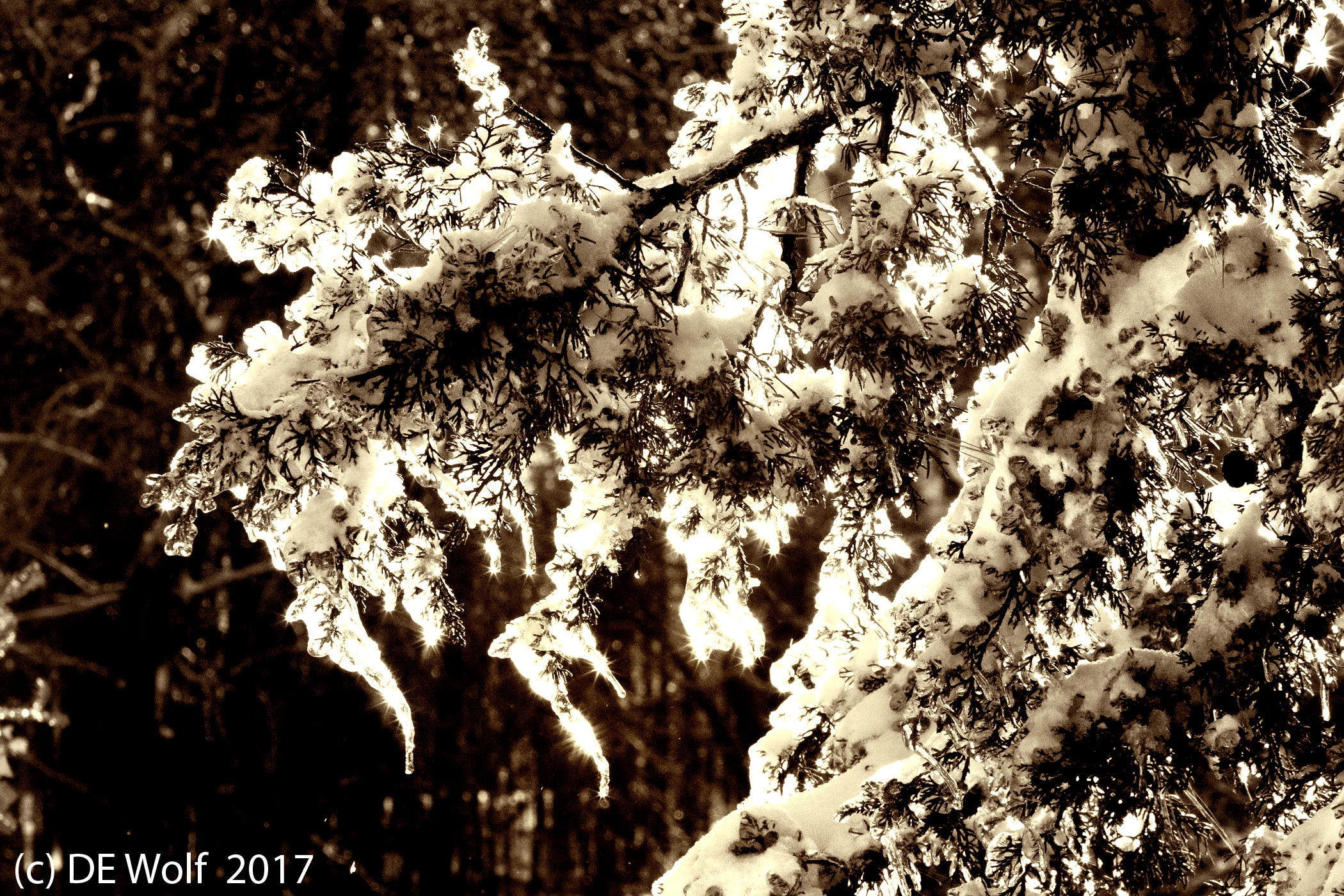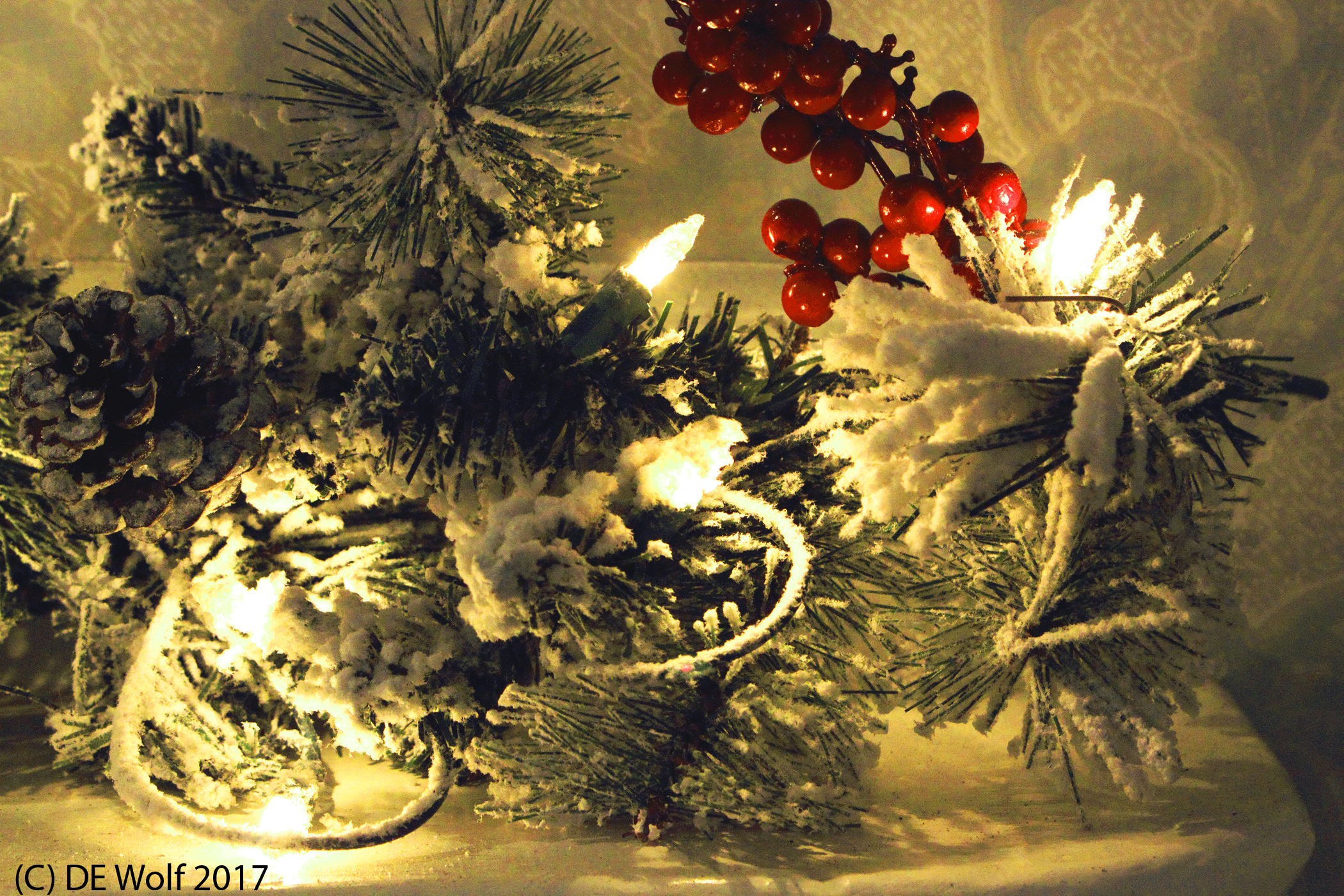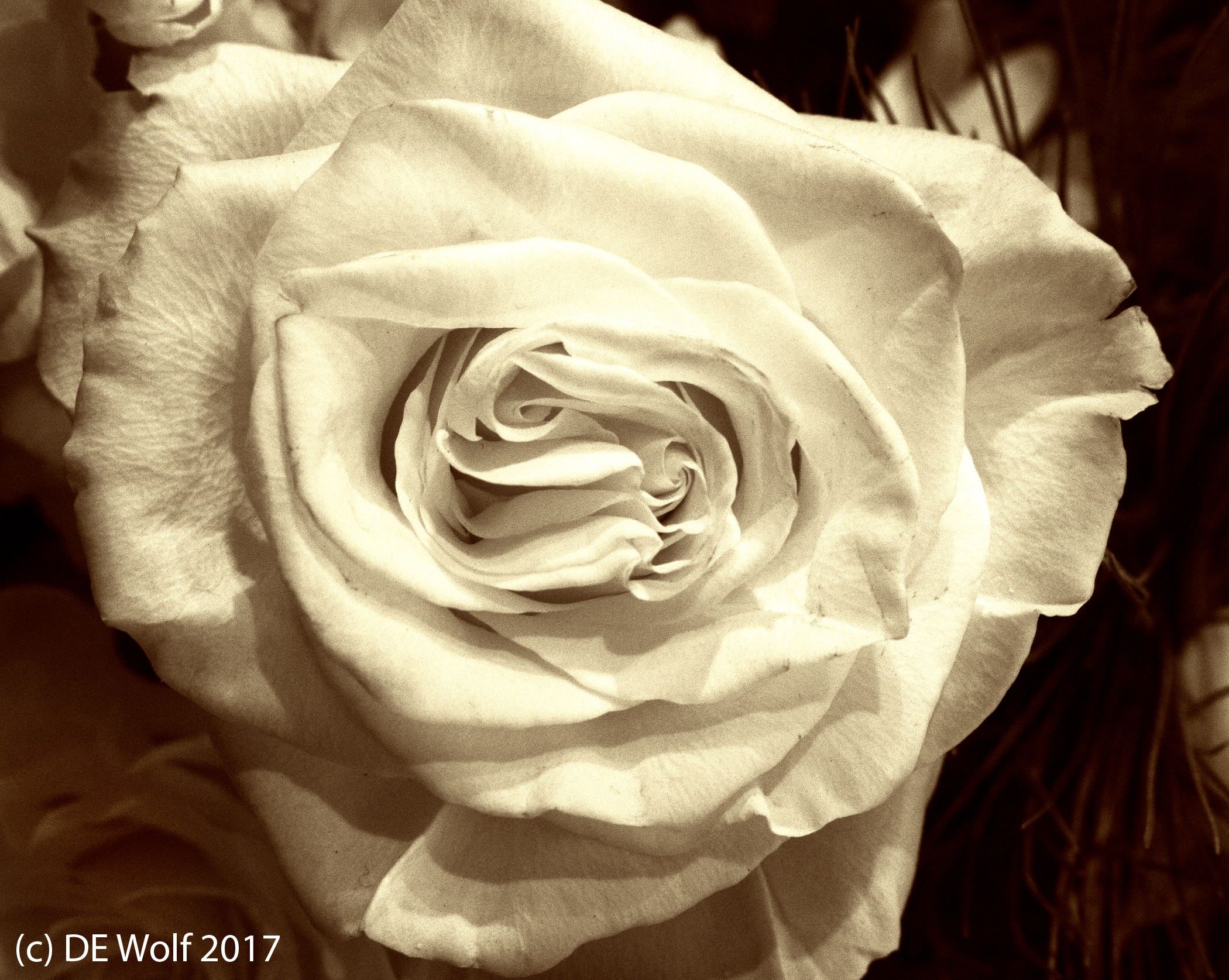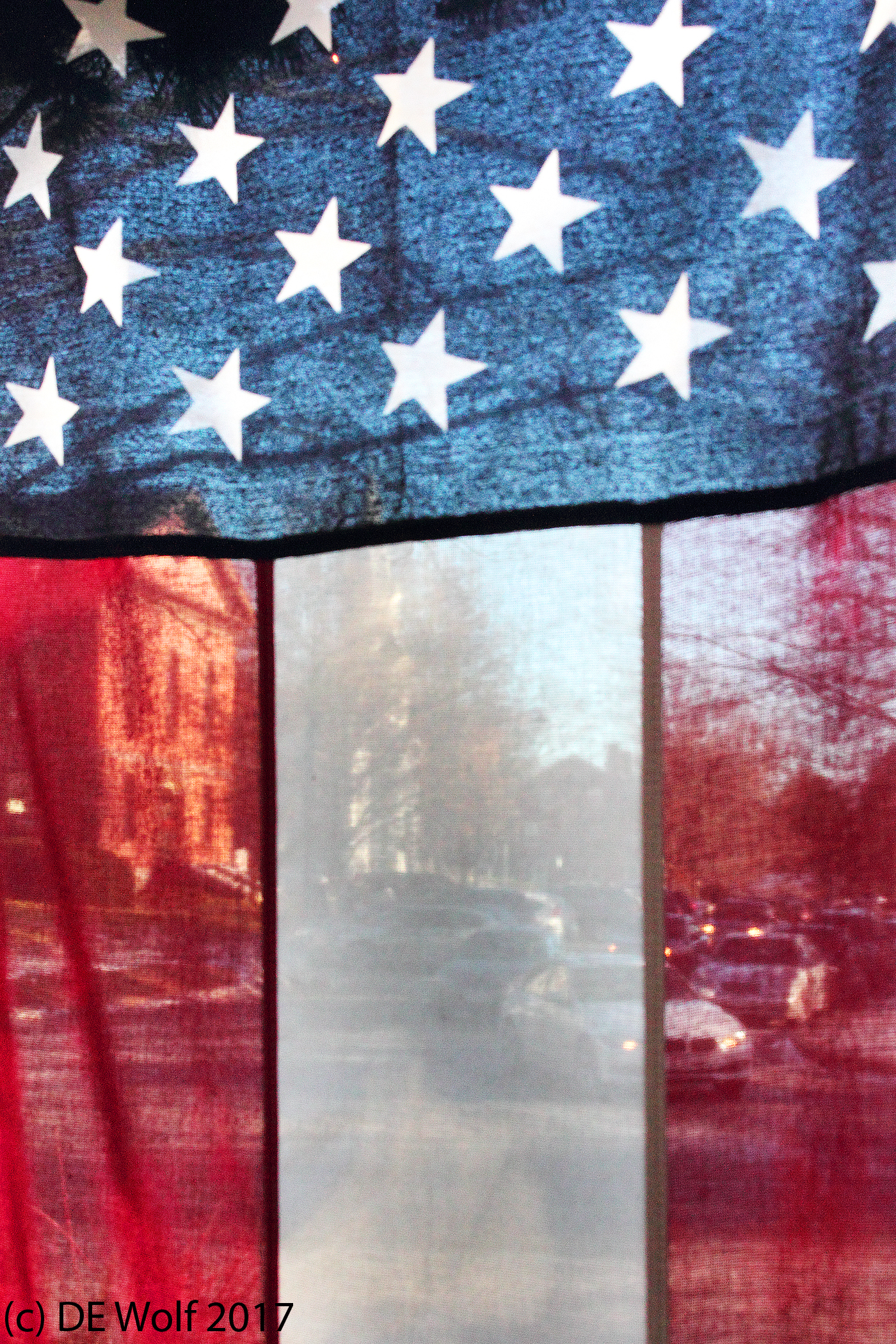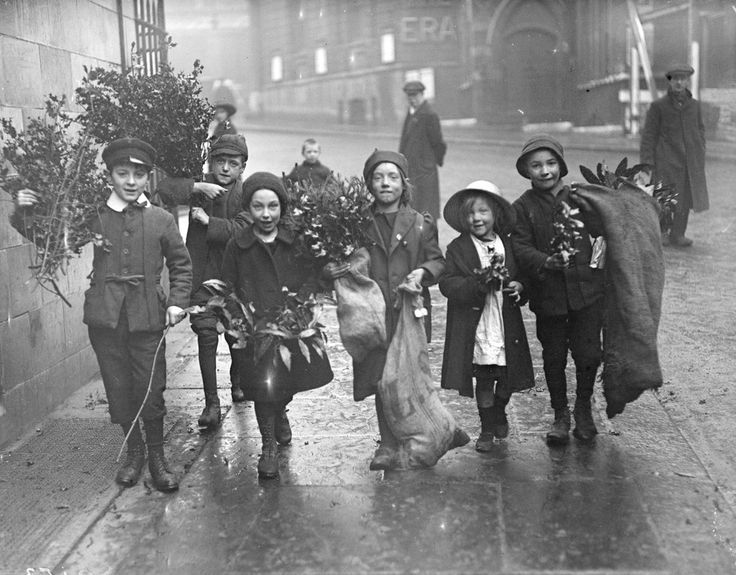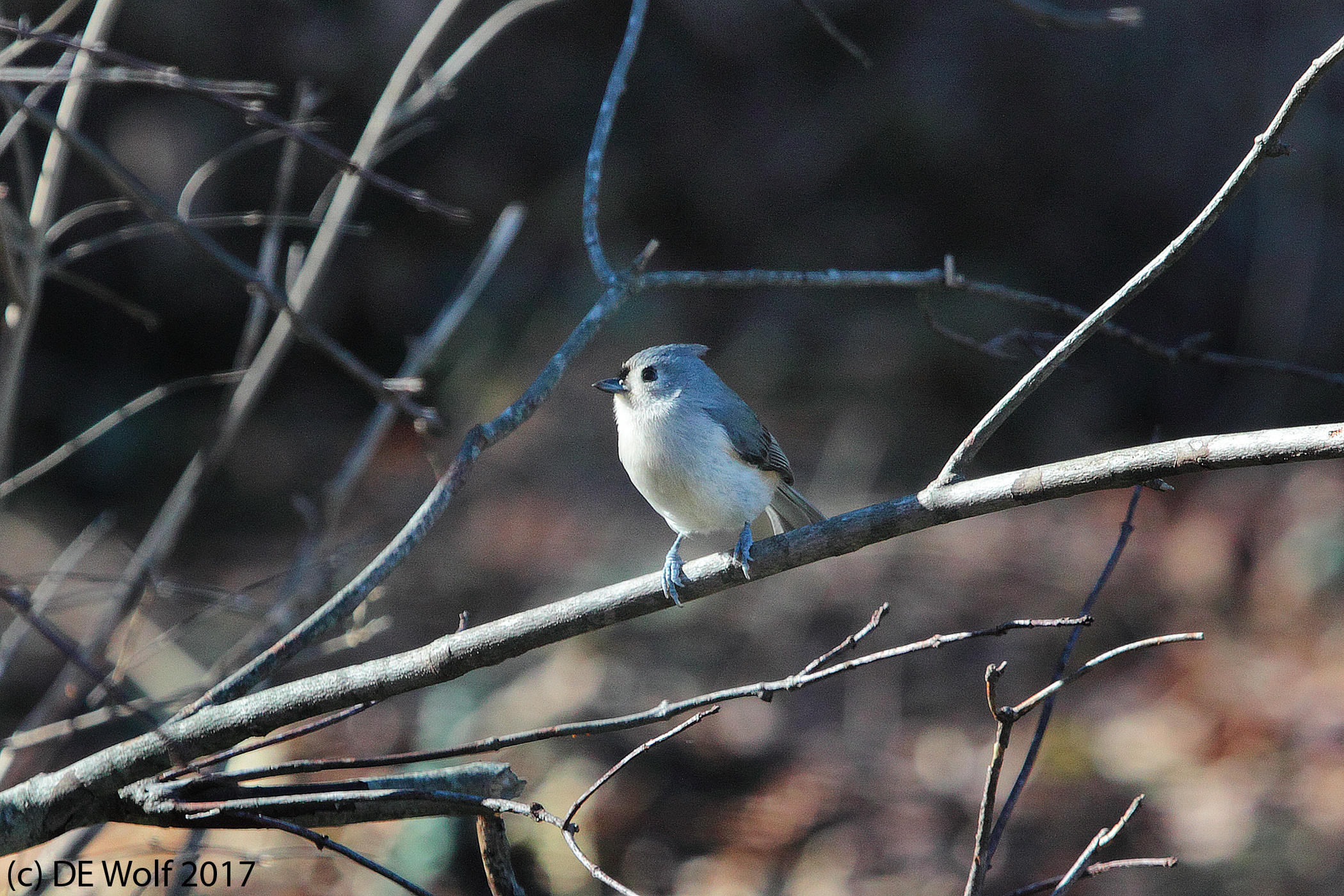
Figure 1 – van der Weyde Madison Square Park and the Flatiron Building in a Sunday Storm 1 – February 20, 1916, from the New York Tribune, in the United States LOC and in the public domain in the United States.
By definition the past is fuzzy. And the only reason that we may feel otherwise about it is that our minds “abhor a vacuum,” and we fill in all the missing pieces. Memories fade, I’m afraid that we tend to, well, make things up.
We have looked at a lot of old photographs on this blog and spoken about capturing moments in time. And one of the dominant features of photographs, unlike memories, is that they can be crystal clear. Indeed, we so often marvel in their sharpness and feel almost that we are intruding on the past. How were photographs distributed in the past? There were three basic modes: 1. as personal cherished images themselves, 2. in magazines, and 3. in newspapers. Magazines and newspapers were the internet of their day. Newspapers probably more so because they were daily. But one point to remember is that photographs in newspapers were generally printed by rotogravure. This was not an inconsequential piece of technology, its origins date back to 1852 when Fox Talbot described using a piece of cloth to produce a photographic half tone plate.
But a key problem was the fuzzy dots of newspaper images. Brilliantly sharp and vivid photographs were reduced to an unpleasing blur. And when the photograph was something of beauty, this could become rather disappointing. Case in point, I’d like to consider Figure 1, which is an image from the United States Library of Congress’ Newspaper collection, specifically from the New York Tribune issue of February 20, 1916 – 101 years ago. The photograph is by van der Weyde and shows New York’s Madison Square Park and the Flatiron Building. Here, at least, the goal was to capture the fogginess of the stormy moment, and the image is charming. You can feel the resistance of the wind as the lady makes her way across the park and, when you can empathize with someone in a photograph, you know that something great has been accomplished. The trash bin is a bit of an enigma or incongruity. And of course, we have the Flat Iron Building itself in the background, this made photographically famous twelve years before by Edward Steichen’s iconic 1904 photograph “The Flatiron Building at Night.” It is a stunning photograph and you wish it was clearer and less blemished.
The development of communication media has been and continues to be an unstoppable march towards broader dissemination and greater sharpness and fidelity. The long period of fuzziness in newspaper photographs, a process that continues to exist even today, is but a strop along the way. More pixels, greater dynamic range, and vivid color are where we are inexorably marching to. But this does not necessarily equate with greater vision on the part of the photographer or greater perception on the part of the viewer. We have so many images that photographs are expected and no longer precious commodities. They have become cheapened by familiarity. So on this particular morning, I prefer to walk with the lady with the hat and umbrella along an imagined winter walk in Madison Park. The image is fuzzy and the memory all the more so.

